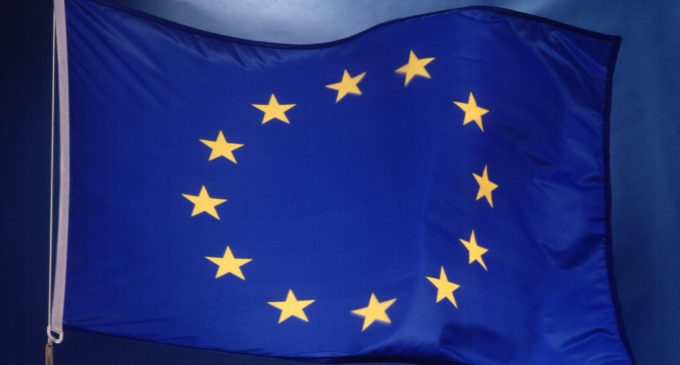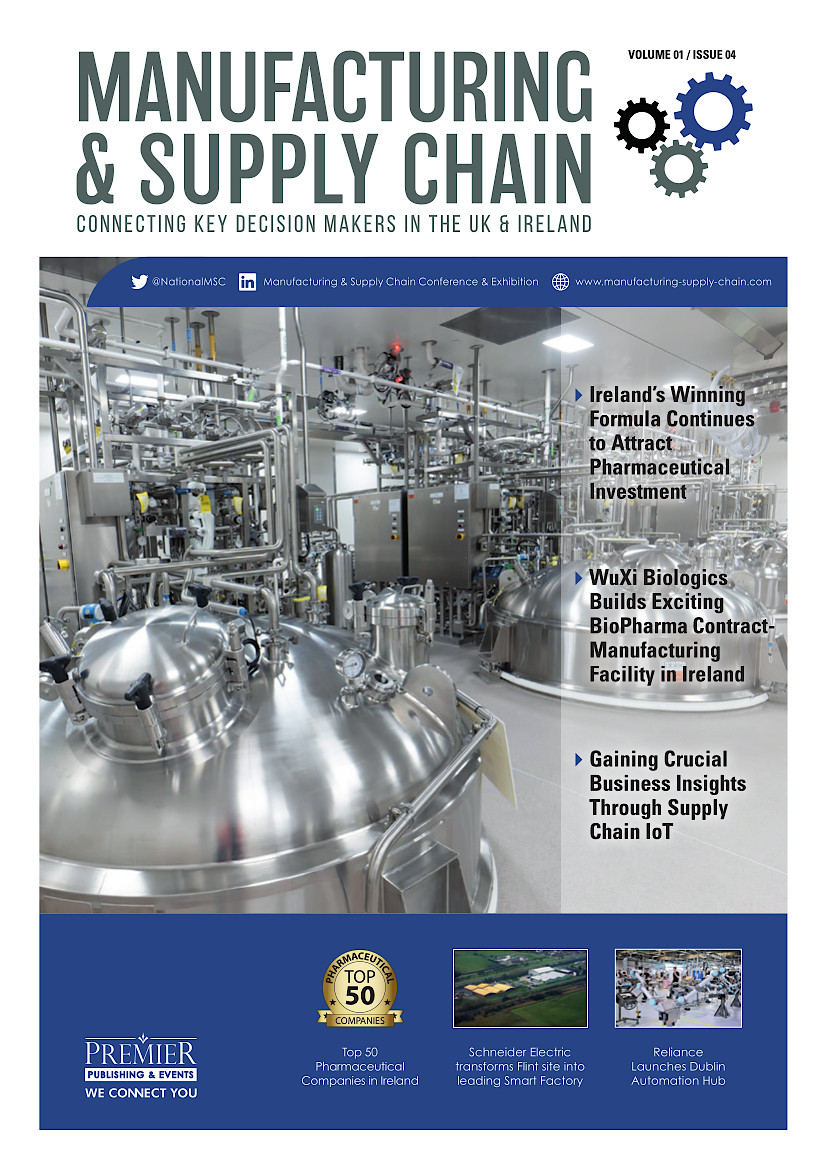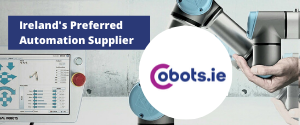Far-reaching Reform of the EU VAT System

The European Commission has launched plans for the biggest reform of EU VAT rules in a quarter of a century. The reboot would improve and modernise the system for governments and businesses alike. Overall, over €150 billion of VAT is lost every year, meaning that Member States miss out on revenue that could be used for schools, roads and healthcare. Of this, around €50 billion – or €100 per EU citizen each year – is estimated to be due to cross-border VAT fraud. This money can be used to finance criminal organisations, including terrorism. It is estimated that this sum would be reduced by 80% thanks to the proposed reform.
The proposed VAT reform would also make the system more robust and simpler to use for companies. The Commission wants a VAT system that helps European companies to reap all the benefits of the Single Market and to compete in global markets. Businesses trading cross-border currently suffer from 11% higher compliance costs compared to those trading only domestically. Simplifying and modernising VAT should reduce these costs by an estimated €1 billion.
A definitive VAT system that works for the Single Market has been a long-standing commitment of the European Commission. The 2016 VAT Action Plan explained in detail the need to come to a single European VAT area that is simpler and fraud-proof.
Vice-President Valdis Dombrovskis, responsible for the Euro and Social Dialogue, comments: “We are proposing to renew the current VAT system, which was set up a quarter century ago on a temporary basis. We need a definitive system that allows us to deal more efficiently with cross‑border VAT fraud. At the European Union level, this fraud causes an annual tax revenue loss of around €50 billion.“
Pierre Moscovici, Commissioner for Economic and Financial Affairs, Taxation and Customs, says: “Twenty-five years after the creation of the Single Market, companies and consumers still face 28 different VAT regimes when operating cross-border. Criminals and possibly terrorists have been exploiting these loopholes for too long, organising a €50 billion fraud per year. This anachronistic system based on national borders must end! Member States should consider cross-border VAT transactions as domestic operations in our internal market by 2022. Today’s proposal is expected to reduce cross-border VAT fraud by around 80%. At the same time, it will make life easier for EU companies trading across borders, slashing red tape and simplifying VAT-related procedures. In short: good news for business, consumers and national budgets, bad news for fraudsters.“
With the new package, the Commission proposes to fundamentally change the current VAT system by taxing sales of goods from one EU country to another in the same way as goods are sold within individual Member States. This will create a new and definitive VAT system for the EU.
The Commission will seek agreement on four fundamental principles, or ‘cornerstones’ of a new definitive single EU VAT area:
- Tackling fraud: VAT will now be charged on cross-border trade between businesses. Currently, this type of trade is exempt from VAT, providing an easy loophole for unscrupulous companies to collect VAT and then vanish without remitting the money to the government.
- One Stop Shop: It will be simpler for companies that sell cross-border to deal with their VAT obligations thanks to a ‘One Stop Shop’. Traders will be able to make declarations and payments using a single online portal in their own language and according to the same rules and administrative templates as in their home country. Member States will then pay the VAT to each other directly, as is already the case for all sales of e-services.
- Greater consistency:A move to the principle of ‘destination’ whereby the final amount of VAT is always paid to the Member State of the final consumer and charged at the rate of that Member State. This has been a long-standing commitment of the European Commission, supported by Member States. It is already in place for sales of e-services.
- Less red tape: Simplification of invoicing rules, allowing sellers to prepare invoices according to the rules of their own country even when trading across borders. Companies will no longer have to prepare a list of cross-border transactions for their tax authority (the so-called ‘recapitulative statement’).
The new proposal also introduces the notion of a Certified Taxable Person – a category of trusted business that will benefit from much simpler and time-saving rules. Four ‘quick fixes’ have also been proposed, to come into force by 2019. These short-term measures were explicitly requested by Member States to improve the day-to-day functioning of the current VAT system until the definitive regime has been fully agreed and implemented.
Next steps
This legislative proposal will be sent to the Member States in the Council for agreement and to the European Parliament for consultation. The Commission will follow this initiative in 2018 with a detailed legal proposal to amend the so-called ‘VAT Directive’ at technical level so that the definitive VAT regime proposed today can be smoothly implemented.




















